#Dracula horror story
Explore tagged Tumblr posts
Text

#interview with the vampire#what we do in the shadows#astarion#vampire chronicles#vampire the masquerade#anne rice#dracula novel#dracula#first kill#castlevania netflix#castlevania#queer vampires#vampires#carmilla#not quite dead#buffy the vampire slayer#supernatural#the hunger#daughter of darkness#true blood#american horror story#american horror story hotel#the vampire lovers#underworld 2003#lgbtq#queer media#pride#meme#lgbt memes#vampire memes
6K notes
·
View notes
Text
Jonathan Harker really said "The best I can do is act like I don't know what's going on even tho I do" and acted it out so well that more than a century later people will go as far as reading his diary and still think he doesn't know what's going on
#“teehee poor little meow meow doesn't know he's in a horror story :3”#meanwhile bro pulled out the “in the event I die tell my wife I love her” on DAY TWO#jonathan harker#dracula daily#my good friend jonathan harker#8 may
1K notes
·
View notes
Text
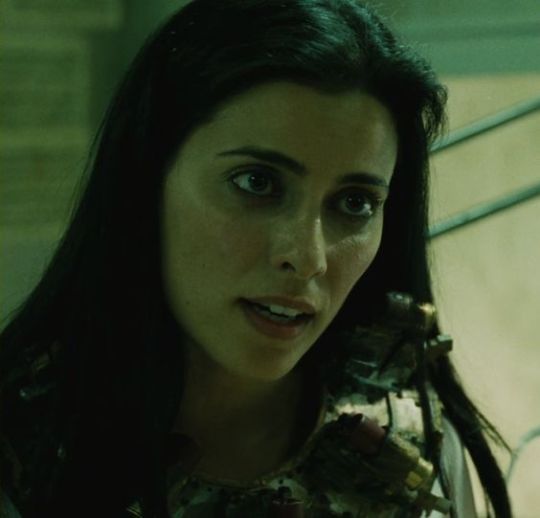
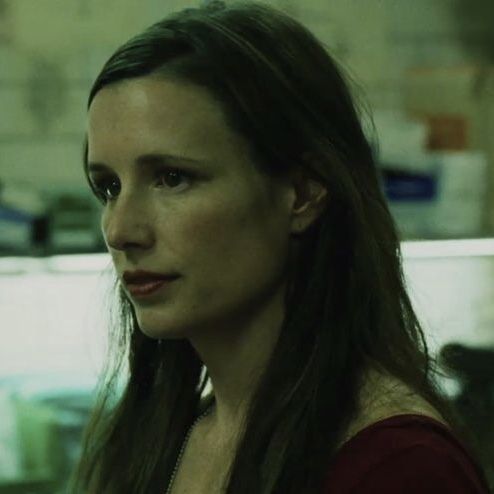

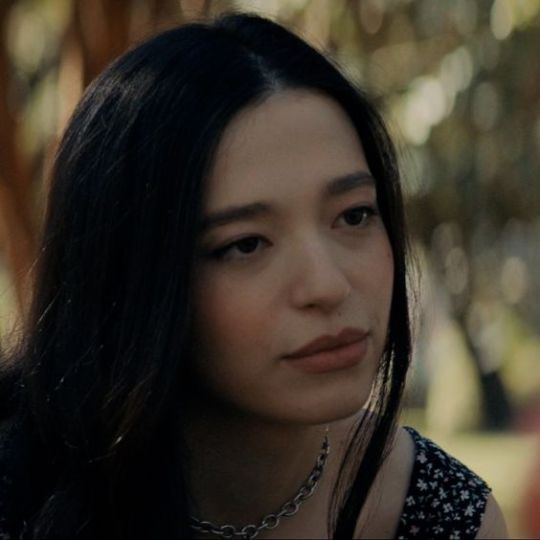




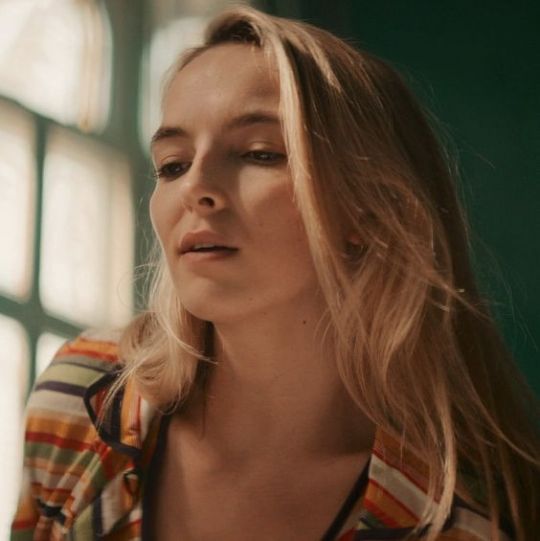


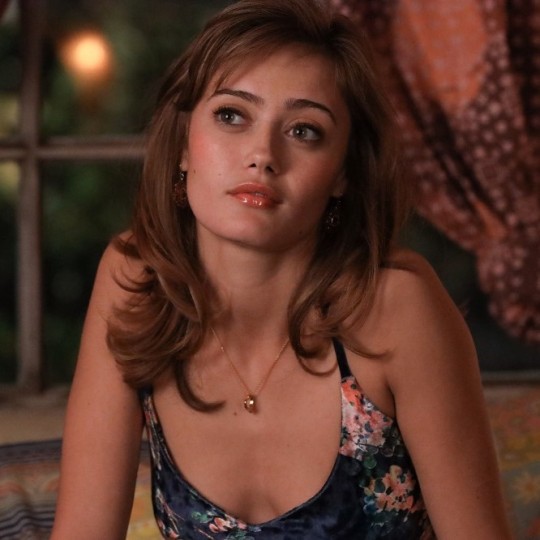



hell's gonna be hot
#saw#amanda young#lynn denlon#the boys#victoria neuman#scream#amber freeman#jill roberts#yellowjackets#natalie scatorccio#jackie taylor#you netflix#love quinn#dracula#lucy westenra#the haunting of bly manor#dani clayton#killing eve#villanelle#american horror story#madison montgomery#the 100#lexa the 100#lexa#jennifers body#jennifer check#bbc merlin#morgana pendragon#wlw#lesbian
727 notes
·
View notes
Text


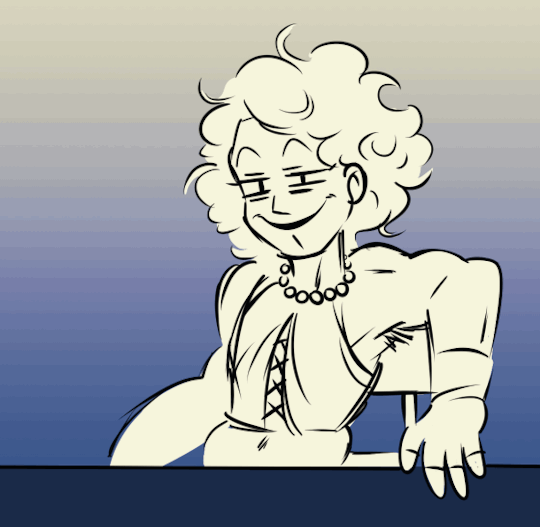

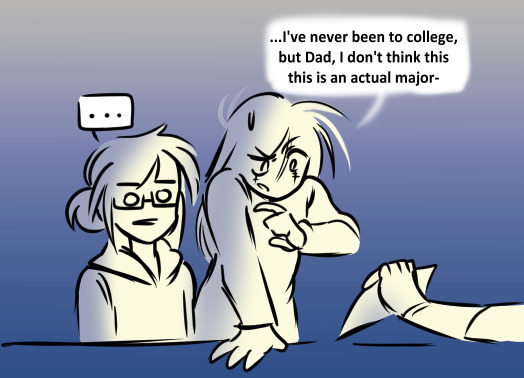

angry that your parody has a degree and you don't, victor
#back on my classic horror shit again#frankenstein#jekyll and hyde#rocky horror picture show#frank n furter#victor frankenstein#henry jekyll#edward hyde#dracula#van helsing#OK SO-#the j&h characters here are NOT Historian and Eddie- theyre the ones from the original novella-#while Historian and Eddie are meant to be modern parallels to them??#the original j&h did everything wrong in life while their modern equivalents are choosing to be kind instead???#theres an immortal character in their story whos like 'it scares me how much you two look like them' (referring to the og mad scientist)#and of course you got victor and the creature from the AU featured in the 'monster' animatic i made last october#they COULD be the original ones here and be mean to each other....but i do not want do that :'<#you can't sit with us#classic horror#my art
2K notes
·
View notes
Text

Tada! Did a line up of Arthur's Round Table in Blood of My Blood
(There are more agents then just these in his organization and I might doodle the few that have been name dropped but these are the main guys :)
Alwyne Hargreaves nee Sargent is from Allen Upward's "The Ghost Hunters" series
Ben Edwards is the hithertoo unnamed narrator or E. F. Benson's "The Room in the Tower"
Henry Harrington is a character from M.R. James' excellent "Casting the Runes"
And Kate Reed was a cut character from the original Dracula novel, a friend of Mina and Lucy and Jonathan's from school.
#my art#blood of my blood#dracula#allen upward#ef benson#m r james#vampires#ghost stories#victorian horror#edwardian horror#dracula fanfiction#dracula daily
100 notes
·
View notes
Text
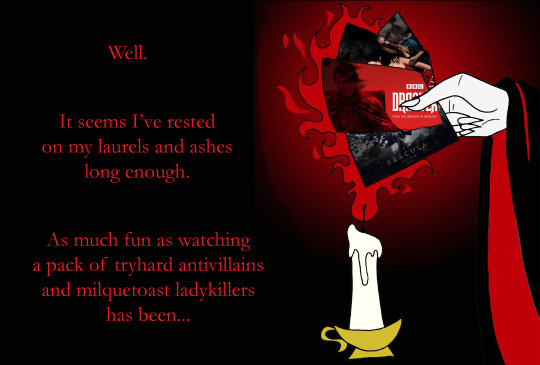
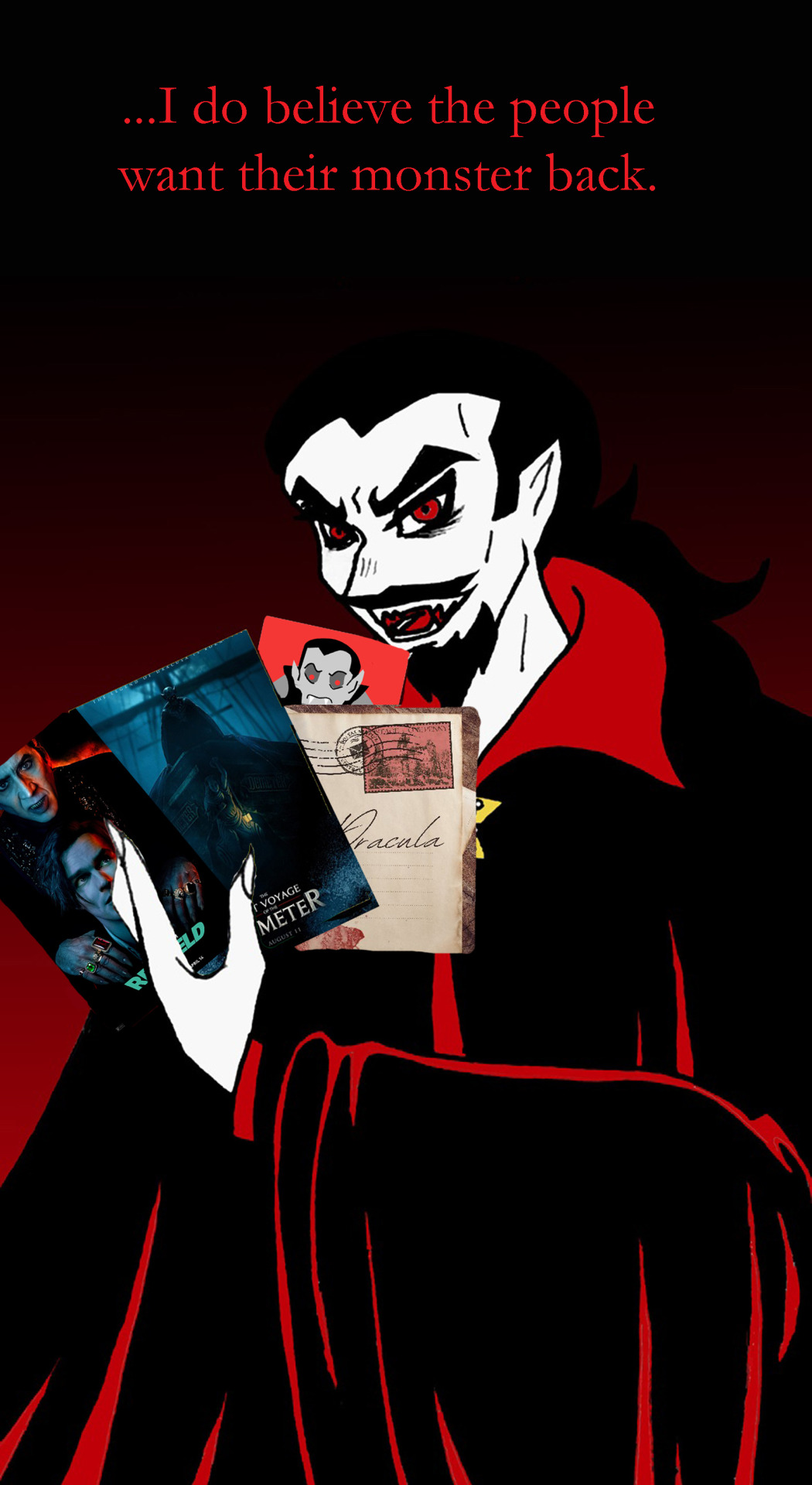
DRACULA IS BACKULA BABEYYY
#I am jazzed I am pumped I am lizard fashioning up and down the walls#2023: Year of the Big Bad Bloodsucking Ba(t)stard GETTING TO BE A MONSTER AGAIN#watched the Demeter trailer#and rewatched the Renfield trailer#and May with its heap of Dracula Daily and Re: Dracula double-helping is almost here#and I have a whole heap of assorted Harker Horrors simmering#(one of which I'm crossing my fingers for and editing as a short story for a contest)#and I am just#so so happy#glad to have you be yourself you evil fucker#dracula#dracula daily#re: dracula#the last voyage of the demeter#renfield#renfield 2023#my art
1K notes
·
View notes
Text
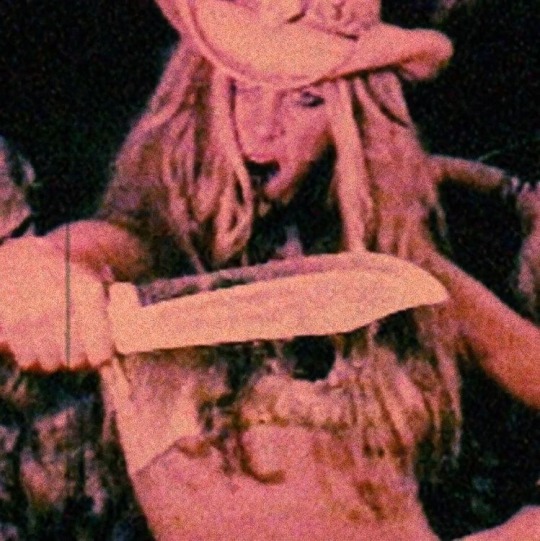
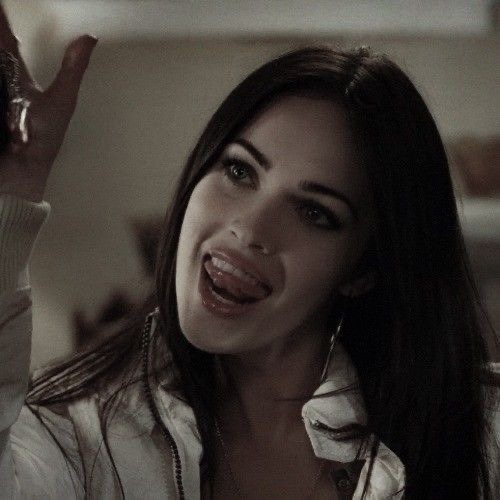

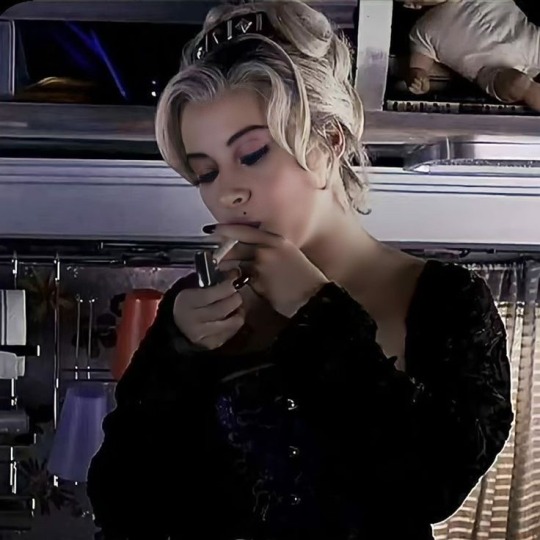
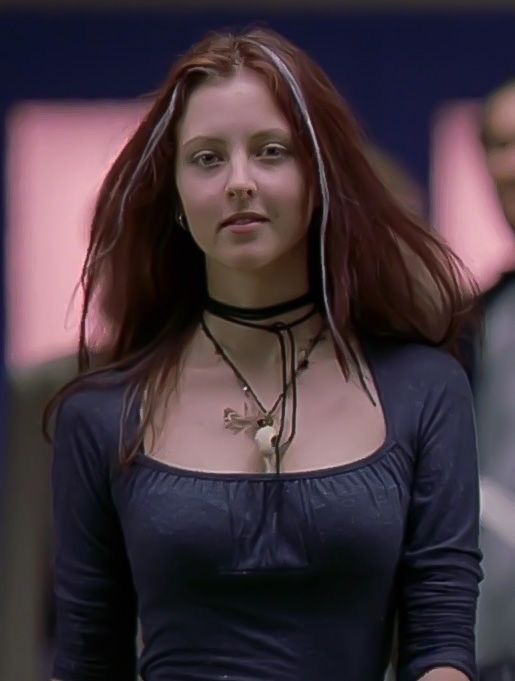

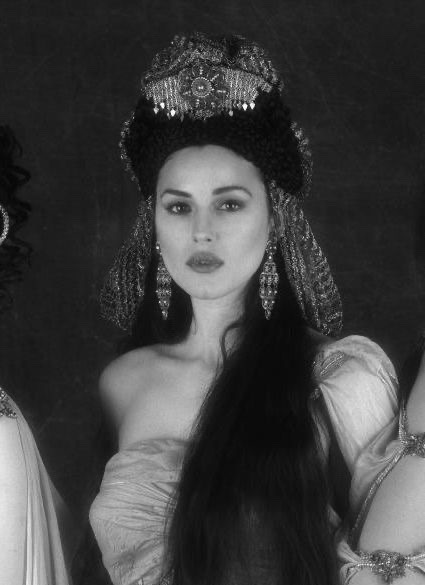
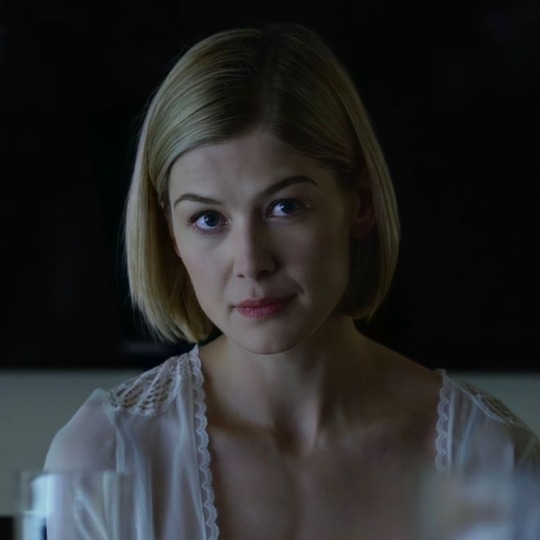


type of vibe i bring to the function 😋
#horror#women of horror#horror icons#house of 1000 corpses#sheri moon zombie#jennifers body#baby firefly#megan fox#sister mary eunice#american horror story#american horror story asylum#ahs#ahs asylum#ginger snaps#katherine isabelle#rocky horror picture show#magenta rocky horror#dracula#bram stocker's dracula#draculas brides#amy dunne#gone girl#rosamund pike#horror movies#girl blogger#child’s play#bride of chucky#laura palmer#twin peaks#ahs 1984
134 notes
·
View notes
Text
oh my god I forgot all about today's THREE new characters from Dracula Daily!!!!!! new polls dropping at midnight
72 notes
·
View notes
Text
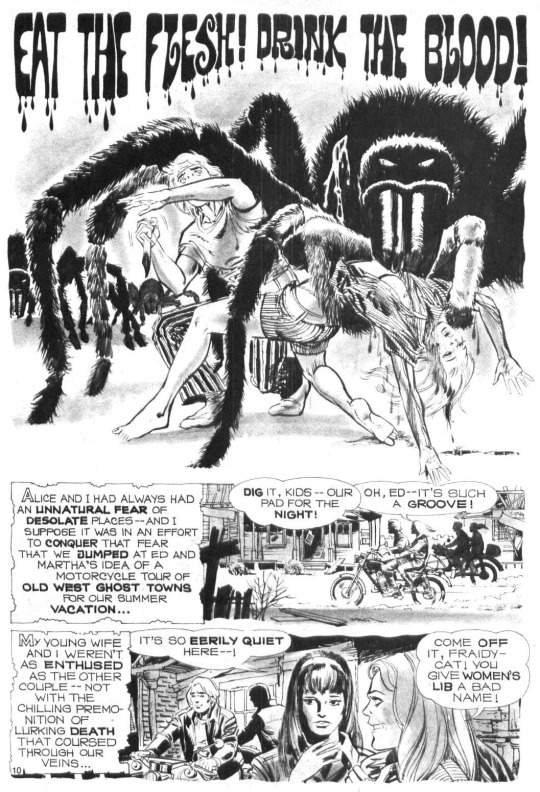
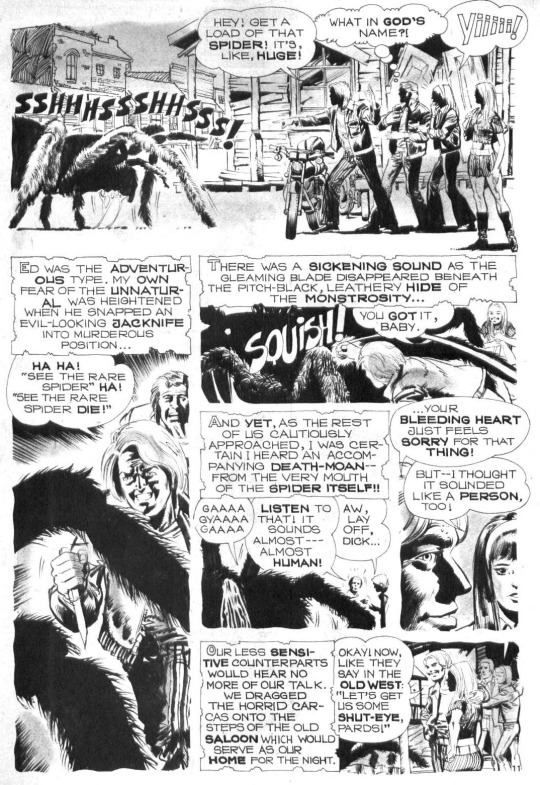


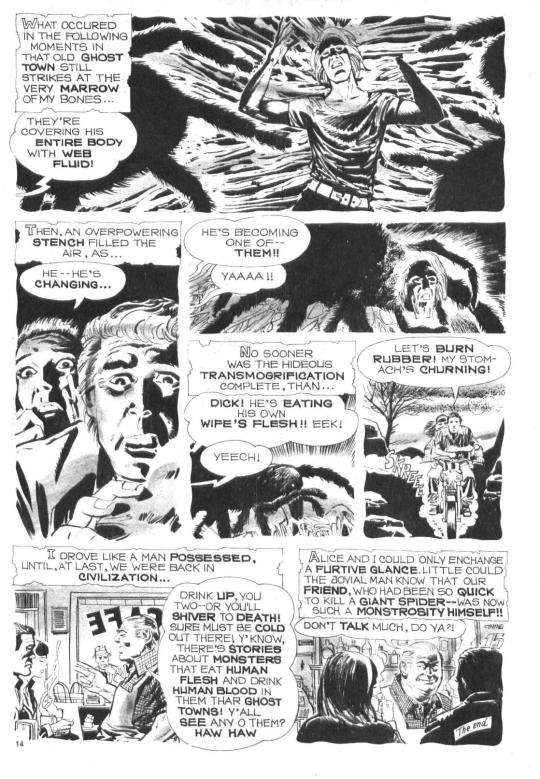
Eat the Flesh! Drink the Blood!
art by Ruben Marchionne
from Terrors of Dracula Vol.2 #2 - Eerie Pubs, May 1980
(first published in Witches' Tales Vol.5 #6, September 1973)
(source)
#eat the flesh! drink the blood!#ruben marchionne#terrors of dracula#witches' takes#eerie publications#eerie pubs#horror art#comic art#horror comics#giant spider#full story
78 notes
·
View notes
Text
Dracula is a gothic story, and as a gothic story it contains its very choice in horror, but the range, and type of horror that shows is increasingly diverse, and just as resonating in their themes.
The contrast between the dreadful despair of the captain of the Demeter, and the increasing yet mundane tension of Mina are just amazing. It's two dissonant stories that deal with very different stakes, but are part of a complete story, and at some point they will meet when the information of each become relevant to use.
The strung horror of the Demeter comes from isolation, the uncertain circumstances of what seemed to be a very normal job at first, the sudden dissapearances, the inexplicable, all of the suspicious words and actions. The crew has all of the questions, yet none of the answers, so what can they do if not work?
Ignore the fog, ignore the fear, don't sleep, another man is lost, don't sleep, survive this four days storm, two men are gone without a trace. Someone a saw a strange thin man on deck when every head was counted before boarding, but we are civilized men we don't need to lose time with "what if..." Another two men lost.
The first mate is now sleeping on the arms of the sea, and the captain is all alone... Except what is that shadow that he sees on the corner of his eye?
On the other hand, the building horror of Mina, and Lucy's Hot Girl Summer that does not look so Hot anymore is so mundane that it only amplifies the tension, and liminal feeling of their travel. Both Mina, and Lucy meet to organize the wedding and have fun, they go to cementeries, search for ghosts, speak to old residents who could stare at death tomorrow, Arthur is not coming to Whitby his father is sick.
Mina writes about the scenery, the myths, that old sailor telling her how headstones may be unrealiable, Jonathan's last letter is fake even if he wrote that is not Jonathan, Lucy's favorite sitting spot marks a suicide buried with lies. The wedding is coming, and Lucy starts to sleepwalk just like her father, Mrs. Westenra tells you to take care of her, Jonathan hasn't written as Mr. Swales tells you how men with lies of their tombs won't reach heaven, Lucy worries about the wedding, and sleepwalks once more.
Mina watches everything, yet nothing touches her. She watches in the dark as Lucy is searching for the key while her eyes are closed. Does Mina feel like a jailor?
Mina wonders when Jonathan will truthfully write, or if he will send some signal of life.
The Demeter is coming to England despite only having her captain, and with Whitby being a really good spot for ships... I think that these two stories will meet.
#Maybe this is why you can't adapt Dracula the whole story as a movie#All of the ''parts'' of this book have different types of horror#And when you try to push everything in a single watch it feels out of place#This is why the Demeter can work as a movie itself#dracula daily#dracula#the demeter#mina murray#lucy westenra
153 notes
·
View notes
Text
Guys should I write a Dracula musical. Should I???
#BUT I NEED TO FINISH MY ROBIN HOOD ALBUM TOO#it’s going well!! I think!#but I’ve just listened to the Jekyll & Hyde musical soundtrack it was pretty good#a couple really great songs#so currently I’m kind of obsessed with like old gothic horror stories? something like that?#but like. retellings#because I am still sooo in love with The Glass Scientists#in love in love in love#and then I listened to the Dracula musical soundtrack#I reeeally did not like it#I only listened to the soundtrack though I didn’t watch it#but there was barely anything on Arthur and Jack and Quincey????#the three suitors??? hello????#where did they go :(#AND MINA ENDS UP WITH DRACULA???#EXCUSE YOU SHE WOULD NEVER#I love Jon and Mina so much why would you do this to them :(#anyway I want to write my own Dracula musical now#I can do that right? how hard can it be?#I’ve already written two episodes of a musical TV show for my creative writing class#and I’m actually quite proud of those#I also need to catch up on my Dracula Daily!! I’m a few days behind#also if I write a Dracula musical I will absolutely be imagining the songs with the voices of the Re: Dracula cast#dracula daily#re dracula#robin hood mechs au#<- tagging that so someone can tell me NOOO FINISH YOUR ROBIN HOOD MECHS ALBUM FIRST!! YOU LITTLE SILLY!!#if you actually read through all these tags wow! thanks for your time :)#dracula the (other) musical#<- my tag for this now I guess
29 notes
·
View notes
Text
OCTOBER. the first lines in a new notebook. chestnut mousse. studying runway shows. the scent of leather. rainy nights spent reading. mini perfume atomisers kept in overstuffed handbags. chai. hunting down the perfect paisley scarf. poached pears with vanilla sauce. jotting down thoughts on scraps of paper that’ll be found inbetween the pages of a book, years from now. honey face masks. learning poems by heart. dark chocolate and red wine. Draculean nightmares and Wildean dreams (opulent, melancholic, homoerotic).
#Museenkuss#monthly thoughts#dark academia#it’s Oscar Wilde’s birthday on the 16th#don’t forget!!!#Bosie was a libra too btw. THE libra x libra couple imo#I was about to say it’s a cautionary tale but tbh there’s a ‘goals’ aspect to it isn’t there#Libra are just like that#Dracula daily#<- I’m still stuck at the beginning of September and since I do read it at night the horror does translate#also I do think those two - D nightmares and W dreams - can be very similar#weren’t Stoker & Wilde friends?#anyhow. I do love horror and Dracula really does hit. I was surprised to be honest#because of course you know the story etc your it still REALLY sucks you in#October
131 notes
·
View notes
Text
welcome to drawfee, where we take spoOky ideas
and make even spOokiEr draWings
i'm.. hallowEen nathan! ah, ah, ahhhh...
i am regular mE, juliAaa
i'm karina!
and iiii am the return of raaalph
*gasps*-- who the fuck are you people?
- nathan, julia, karina, + ralph
#i love nathans dracula laugh#turning awful 2 sentence horror stories into illustrations#intro bits#drawfee#drawfee quotes#drawfee video#karina farek#karina drawfee#nathan yaffe#nathan drawfee#julia lepetit#julia drawfee#ralph food network#ralph attanasia
108 notes
·
View notes
Text
Not jonathan thinking he would die since yesterday why did we all think he was oblivious
#he knows perfectly well hes in a horror story you cant convince me otherwise#i mean ''if this book reaches mina before i do let it be my goodbye'' wtff jonathan#dracula daily#mine
26 notes
·
View notes
Text



Haunted Houses in Gothic Cinema, for Degenderate no.4
If every house is a character, then each one has its own identity, starting with its gender. My suggestion is that there are houses with a feminine tendency and houses with a masculine tendency, from architectural structure to character movements, down to the story’s meaning.
After watching Spencer at the Venice Film Festival, I thought: haunted house stories will never die. The biopic by P. Larraín on Lady Diana, half character study and half psychological drama, is filmed with a Shining aesthetic. And the combination works, for reasons that are almost anthropological. Wherever there is a building, an unconfessable secret, and a gallery of isolated characters, a haunted house story emerges naturally.
Judging by the success of American Horror Story, The Haunting, and reboots of cult classics like Picnic at Hanging Rock or The Turn of the Screw, pop culture today continues to embrace the gothic. Gothic is older than horror by at least a century; it's more than just a subgenre—it's a way of thinking. It's a distinctly Western sensitivity towards family, hierarchies, gender roles, and sexuality. The haunted house story, in particular, distills these conflicts to their smallest unit: the space where people cohabit.
A house lives in multiple dimensions. It is a space, of course, but it's also a time—the sum of the events that have occurred there, and the events possible within it. Space shapes action: if there is a staircase, it can be climbed or descended; if there is a door, it can be opened. If irregularities occur—such as a ghost passing through a wall—even the violation has a meaning inseparable from that of the rule itself.
The same duality applies to characters. A building can be "haunted," meaning bewitched, but a person can also be "haunted" by doubts, secrets, or guilt. Every house has its cast of residents with various intentions, sympathies, and antipathies, but if we widen the perspective, we realize that the house itself is a character—a radiograph of a personality full of conflicting instincts or a fractured, combative society. At the heart of the story, we often find a young woman who enters the house and eventually wants to escape. But what exactly is she escaping from?
It depends on the house. If every house is a character, then each one has its own identity, starting with its gender. My suggestion is, there are houses with a feminine tendency and houses with a masculine tendency, from architectural structure to character movements, down to the story’s meaning.
Feminine Houses A clear example of a feminine house in cinema is Argento's Suspiria. It is not a normal dwelling but a dance school, with minimal masculine presence. Authority is entirely feminine, and even the danger takes the face of a matriarch.
As the protagonist arrives, another girl is seen fleeing in the opposite direction. The main tension in feminine houses is outside-inside/inside-outside—a horizontal movement evoking a vortex, like the contractions of a womb. The secret to be revealed has a location within this space, and in feminine houses, it often lies in a double layer, a fourth dimension at the core of the building. Feminine monsters—typically witches, vamps, and other unsettling or cannibalistic figures—have their lair in the hidden heart of the house. The young woman's spiral journey to the antagonist’s den is the most famous sequence in the film, with a haunting synergy between the soundtrack and the labyrinthine journey of the protagonist as she (the celesta) weaves through the hostile walls of the house-hag (the bass sound, possibly a drone).
In feminine houses, the heroine encounters her own shadow—the oppressive shadow of the mother, the destructive potential in her femininity, even in relation to other women. The moral of these stories oscillates between responsibility and repression: defeating the monster means, depending on the case, accepting adulthood or renouncing personal agency. Failure in this test means withering away, never blossoming. Female ghosts are often depicted descending or ascending the stairs to the ground floor, forever drawn to the house's secret heart, unable to fully enter or exit.
Masculine Houses A sense of verticality, a high-low/low-high movement, characterizes masculine houses. Today, they might be skyscrapers or experimental projects hidden in the mountains (Ex Machina); once, they were monasteries, colleges, or palaces. The masculine house exists where private power overlaps with public and social power. Dracula's castle is perhaps the most famous example, the benevolent fairy tale king turned into a monster.
An anxiety over social, sexual and family hierarchies pervades these stories, mingling the fear and desire to defeat or be defeated. The dangerous secret lies in the lowest or highest point of the building because it’s a secret of power. In horror films, the most destructive hauntings, like demonic possessions, usually originate in the attic or basement.
The protagonist of these stories is often a young man dealing with a more powerful tyrant, struggling between the need to defeat him, the fear of becoming like him, and the ambiguity of their bond. When the protagonist is a young woman, the gothic veers towards the dark fairy tale and romance, revealing its ancient ancestor: Bluebeard. Just as Dracula bites at the neck, Bluebeard marries women only to slit their throats and hang their bodies in a forbidden room, indistinguishable from his other beautiful and precious possessions.
Queer Houses These aren't rules but themes to play with. When a film, series, or novel invents something new, it’s just another piece to add to the infinite puzzle. Gothic has a long queer tradition. The monster as a metaphor for irregular identities and desires is one of its richest tropes, and the blending of masculine and feminine elements is often used to provoke unexpected reactions of attraction and repulsion in the mainstream audience.
For this reason, most haunted houses, while tending more toward masculine or feminine, are ultimately always queer: only when the status quo is challenged can a story emerge. The house in Spencer, Sandringham House, is in many ways queer. Prince Charles is not entirely a Bluebeard, nor can the ambiguous Queen Elizabeth be considered a witch. We do not know to what extent Diana is being controlled or protected by maids, cooks, and butlers. Nor do we fully understand her relationship with her wardrobe maid, Maggie. What matters is that Diana can make her choice, as long as she accepts the consequences, and escape from imprisonment to freedom, from past to present, from the gothic to History, from the role of helpless girl to that of woman and mother.
References:
George Haggerty, Queer Gothic, University of Illinois Press, Chicago, 2006. Anne Williams, Art of Darkness: A Poetics of the Gothic, University of Chicago Press, Chicago, 1995. Dario Argento, Suspiria, Seda, Italy, 1977. Alex Garland, Ex Machina, DNA Films, United Kingdom, 2014. Stanley Kubrick, The Shining, Warner Bros, United States, United Kingdom, 1980. Pablo Larraín, Spencer, Komplizen Films, Fabula, Shoebox Films, Germany, Chile, United Kingdom, 2021. Peter Weir, Picnic at Hanging Rock, The Australia Film Commission, McElroy & McElroy, Picnic Productions Pty, Ltd. EZ, Australia, 1975. Alexis Martin Woodall, Patrick McKee, Robert M. Williams Jr., Ned Martel, Lou Eyrich, Evan Peters, American Horror Story, 20th Television, United States, 2011-present. Dan Kaplow, Kathy Gilroy, The Haunting, Amblin Television, Paramount Television, Intrepid Pictures, United States, 2018-2020. Michael Rymer, Larysa Kondracki, Amanda Brotchie, Picnic at Hanging Rock, Freemantle Media Australia, 2018.
#happy halloween! an article on haunted houses i published some years ago in a magazine :)#marlo's art#queer gothic#gothic fiction#gothic romance#goth aesthetic#gothcore#gothic#spencer#haunted house#booklr#books and reading#old horror movies#horror movies#ghost stories#haunting#haunted#halloween reads#spooky season#spooky month#picnic at hanging rock#ex machina#dracula#suspiria#american horror story#the haunting of hill house#the haunting of bly manor#turn of the screw#book talk#bookworm
10 notes
·
View notes
Note
do you think dracula ever loved* the weird sisters? do you think he loves** jonathan?
*how do you suppose he defines love?
**going by dracula's own definition of love, that is
Dracula does love.
The trouble is that it isn't a good love. Certainly not the kind you're meant to have for people.
He loves the Weird Sisters the way you might love a gaggle of spitefully cherished cats who have made you bleed almost as often as they made you happy. He could throw them out. He could kill them. And he would be left alone in his isolated lair, pacing and rotting to himself with no one to rule.
He loves Jonathan the way you would an endearing young dog ready to be groomed. Endlessly entertaining in his charm, his cleverness, and his dancing along the edge of the knife Dracula's given him to balance on for a charade's sake. He makes the Count feel alive and excited for the first time in centuries. He'd have brought the young man along if not for the promise made to the Sisters. No matter. He will be broken in and ready to play anew the next time they meet.
I imagine he even loves Lucy. He's savoring her by sampling tastes, night by night, not satisfied to move on to a new victim until the first is relished down to (un)death. His first conquest on new soil, the nostalgia of a warlord. He cannot bear to drink her dry all at once like some bloated glutton of a leech. And he could, despite all the useless fluttering about of her attendants. But he will not be quick with her. She's too precious for that. So he comes to her on little wings with only a small mouth to kiss and consume with. Soon love, soon, but not just yet...
Dracula does love.
And like everything else he touches, he turns it into a nightmare.
#if you want to make Dracula into a love story for the undead fucker#you have to keep that 'love' a horror story#dracula#jonathan harker#brides of dracula#re: dracula#dracula daily
246 notes
·
View notes